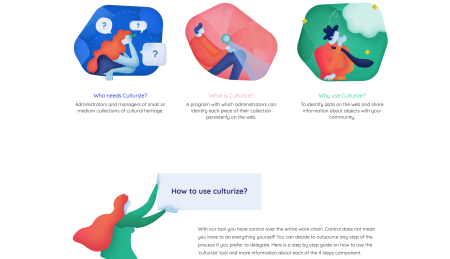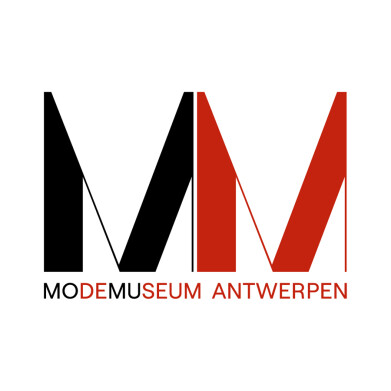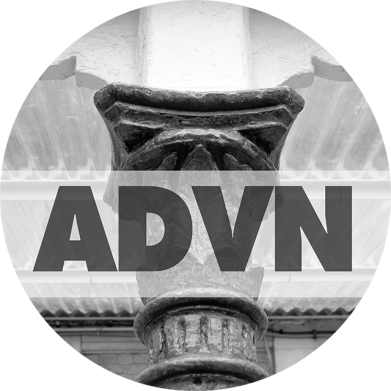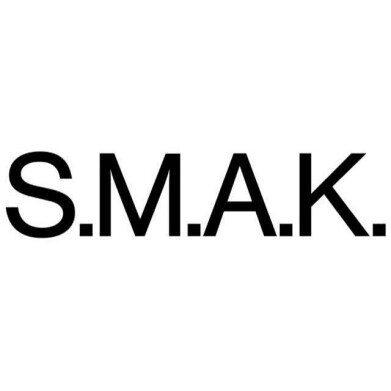Generating automated URIs with CultURIze web service
You can use the CultURIze tool to create persistent URIs for cultural heritage objects on the web. But can this process also be automated? Together with MoMu (Fashion Museum of Antwerp), ADVN (Archive for National Movements), SMAK (Municipal Museum of Contemporary Art) and M Leuven, we’re launching a web service that generates persistent URIs automatically.
Challenge
In 2018, we introduced CultURIze – a tool and work process for creating persistent URIs (link in Dutch) for objects. Assigning URIs to objects means they can always be found on the internet, even if they change name or move to a different location. Persistent URIs are essential for heritage institutions that want to link and provide open access to their data. This doesn’t just ensure the information is easily exchangeable, it also means organisations can profile themselves as a reliable source of information.
Cultural heritage organisations often face technical challenges when creating and managing persistent URIs, which has resulted in an increasing demand for automation. We’re working together with MoMu, ADVN, M Leuven and SMAK to find a solution for this and set up an automated workflow for heritage institutions to roll out on their own infrastructure.

Screenshot of the tool CultURIze
Our role
Meemoo is on the steering committee for this project together with MoMu, ADVN, SMAK and M Leuven. Among other things, our role consists of developing the web service and helping institutions to draw up their PID (persistent identifier) strategies. We’re also monitoring our partner institutions’ implementations of the workflow and providing support for this process.
Approach
In this project, we’re developing an automated workflow for the persistent identification of entities that cultural heritage institutions manage information for. These entities mainly consist of individual collection pieces, but also include groups of collection pieces, compilations and archives. They can also add context for the items in a collection, such as the creators, places, concepts and any associated events.
What's on the agenda?
We’re using the existing CultURIze infrastructure as much as possible in the development of the workflow. The tool’s current manual workflows will be replaced by a web service that generates persistent URIs automatically, with a plug-in to enable integration with the project partners’ collection management systems. The technical descriptions and user guides are being extensively documented in order to also share this solution with other heritage institutions that are not project partners. In addition to providing instructions for users, we’re also drawing up a user guide to explain how developers can set up their own CultURIze web service.
What are the project objectives and what impact will they have?
We want this project to develop the CultURIze web service further and implement it with the partners involved. At the end of the project, the automated workflow and persistent URIs will therefore be operational for MoMu, ADVN, SMAK and M Leuven. We’re also building integrations with accessible tools in the sector, such as Axiell, OMEKA-S and ArchivesSpace. Knowledge-sharing is another important aspect of the project: the open source code and user guides are being made available via GitHub and CEST (link in Dutch) so that other cultural heritage organisations can also set up the workflow themselves.





